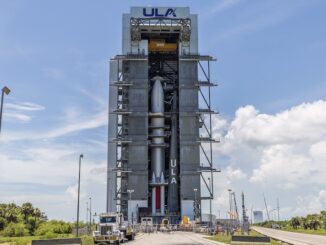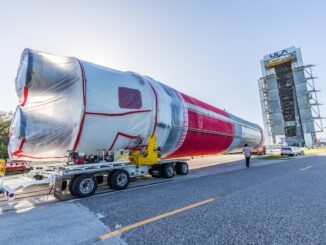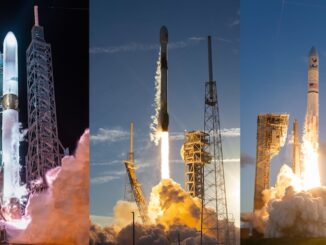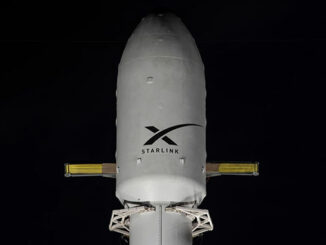
U.S. Space Force

Mission Reports

Mission Reports

Mission Reports

Mission Reports

News

Falcon 9

News

Mission Reports

Falcon 9

Falcon 9
